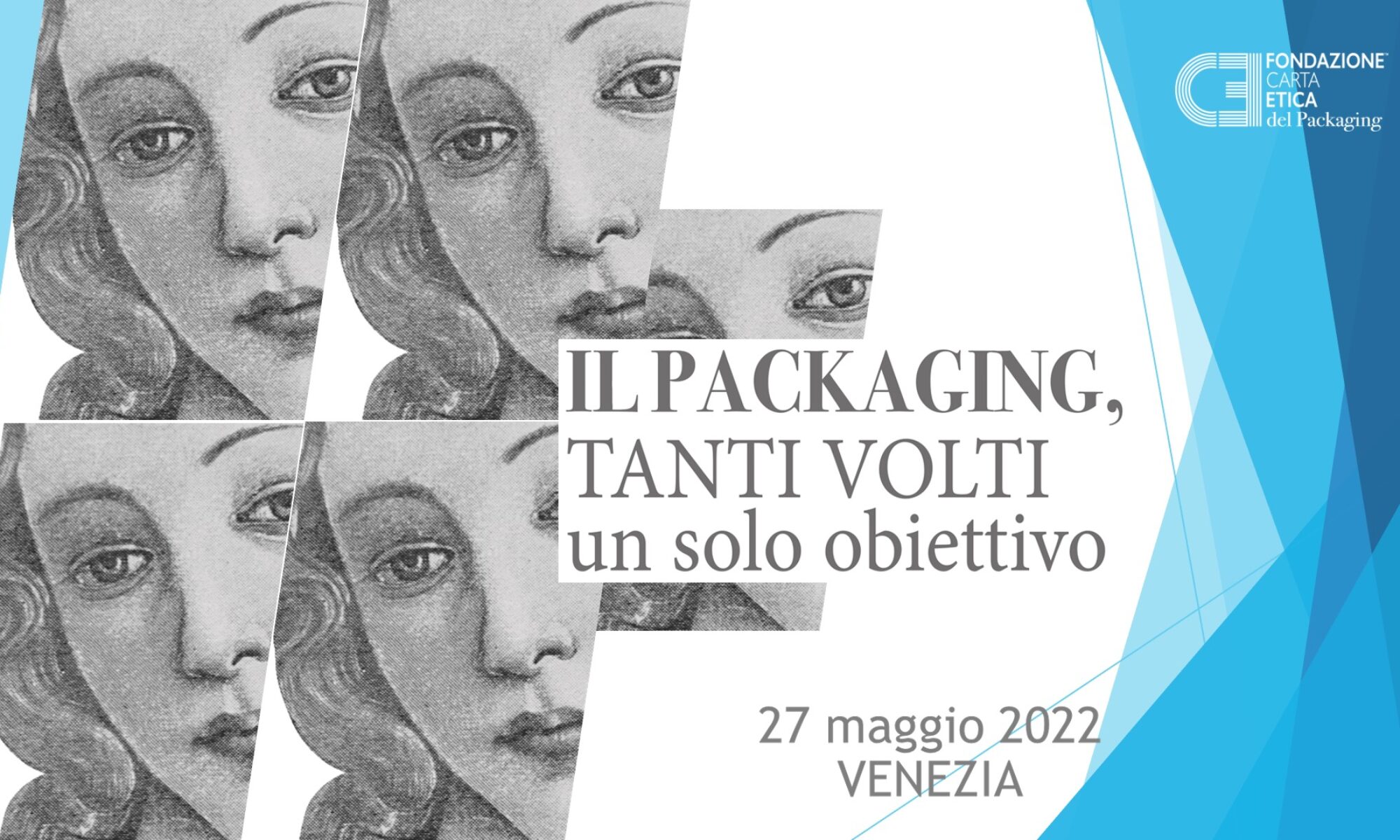In the works of this Catalan artist, packaging is a meaningful container, but also a sharp condemnation of the consumerist world.
Marco Senaldi
The interests of Antoni Muntadas – a Catalan living in New York who has worked as an artist for more than thirty years and is a veteran of Documenta and the Biennials – are directed towards what he, since the 1970s, has called the “media landscape”. By this, he means not so much the invasive presence in the urban landscape of screens, videocameras, advertising hoardings, light-boxes, neon signs and so on, rather the fact that mass communication has eroded the significance of every other form of communication in advanced societies.
All the works created by Muntadas over the years, most of which are gathered together in the large anthological Proyectos which Madrid’s Fundaciòn Arte y Tecnologìa devoted to him in 1998, speak of this theme: the disappearance of meaning in an age when it has become easier and easier to transmit it in many forms.
In This is not an Advertisement of 1985, for example, he used the most famous advertising screens in the world, those in Times Square, New York, to transmit the phrase which is the title of the work – creating a clear short-circuit of meaning. In another work, Exhibition (1987), he constructed a completely empty exhibition, devoid of exhibits, using only the typical equipment necessary to stage an exhibition: spotlighting for paintings on the walls, a video projector switched on but with no video, pedestals for sculptures, a slide projector, illuminated display cases for drawings, etc. It is clear that with works like this Muntadas is telling us that a large part of the fascination engendered by works in museums is due not so much to their content – which is secondary – as to the elegant surroundings in which they are displayed.
For Muntadas, in this age of mass media, it is a fact that the medium truly ends up being the message, the context imposes itself on the text, the frame becomes more important than the picture and, in the end, becomes a part of it.
In this respect, it comes as no surprise that this artist has devoted much of his attention to the subject of packaging, not so much as a container dominated by its trade mark, or as a vehicle for advertising, rather as a frame which encloses the contents over which, in the end, it prevails. On the other hand, the frame, a component which separates, which marks the difference between interior and exterior, between the contents and the environment surrounding them, between the product and consumer, is also a concept which is of itself interesting, because in its turn it can become a vehicle for new and unforeseen meanings.
Called upon, for example, to think of a project for the Maison du Rhone for contemporary French art, Muntadas rejected large structures for the streets or squares of the city in favour of a much more “modest” solution, but one which loomed equally large in local public life – the production of a bottle (of unlimited production, therefore not to be considered as an artist’s “limited edition”) bearing in relief an image of the Maison itself. As Muntadas himself says, “Deep down, is not the Museum perhaps a form of packaging?”.
But the work which is most surprising in its stark simplicity dates from 1987, and is entitled Generic Still Life. In essence, this is a display, on the shelves of the Gabrielle Maubrie Gallery in Paris, of a series of packaged products, and of their “photographic portrait”, as if they really were works of art. The fact that the products selected do not depend on their external graphic appearance, strictly in black and white, nothing but the name of their contents, undoubtedly gives the exhibit the almost refined and elegant tone of a skilful “conceptual” construction.
The artist himself (whom we met during a workshop in Turin) explains that we are simply dealing with goods which really exist, and which can be bought in any discount store, where they are clearly sold in this way to contain the costs of packaging and graphic design.
«I am more interested in this type of cultural approach to detail than to grand theories», he says, confirming that this still life work is in effect part of a larger project on “generics”, or rather on those objects, facts or meanings which, through habit or weakness, we have ceased to consider as “specific” and therefore worthy of attention.
«In Generic Still Life there was a slight reference to the Merda d’Artista by Piero Manzoni, but also to the Spanish canvases of bodegones (Baroque pictures of carafes and bottles); the idea was that of an anonymous product which, if not actually original, takes on another presence, changing its context a little».
Through this attractive displaying of goods in their “generic” form and, even if packaged, totally devoid of decoration, the viewer is forced into contrasting reflections on the status of objects and the desires of the consumer. On the one hand the goods, stripped of the gaudy apparel in which we are used to seeing them on the supermarket shelves, seem grey, monotonous and almost sad, without that seductive appeal which we have been used to for so long. On the other hand, displayed like this, within the aristocratic framework of a fashionable art gallery in a European city such as Paris, they assume an additional value, an aura of artiness which imbues their modest graphic facade with a sense of metaphysical abstraction.
Above all, Generic Still Life demonstrates an extreme formal cleanliness of line which by no means coincidentally recalls Spanish still life of the 17th century, together with an almost Morandian composure – very beautiful features which do not, however, erase the subtle condemnation of the frenetic consumerism which characterises our relationship with objects at this stage in the century.
«I don’t like packaging very much, I’m quite anti-consumerism… If I have to buy something, I get hyper-nervous. The thing that has always surprised me here in the United States is that people go shopping together, as if it is a socialising event; although in Spain, too, you hear people say “vamos de compras” (let’s go and buy)» says the semi-nomadic artist.
«I don’t even like collecting things. The only thing I’ve collected for years – and I’ve got loads of them – are those cards they put in aeroplanes with instructions on how to save yourself. They’re things which nobody reads. Strange, because they would help to save you – if something happened, you’d look really stupid if you hadn’t read the instructions. They are amusing because they are based on figures but, although the message is always the same, the pictures are different; each country and each airline interpret them in different ways, Lufthansa is different from Iberia, Quantas from Alitalia, and so on. They tell you a lot about the culture of the country they come from; but even though the pictures try to be generic and clear, the fact is that this “clarity” is a concept which can change – in some cases, for countries like Korea and Japan, it is downright baroque. This is why I have used them for something I’m working on called On Translation, something I’ve been engaged on since 1997.
What really interests me is this relationship between the standardised and the specific.
I’m also engaged on a work for Barcelona, on the museum merchandising of Mirò. La Càixa, for example, a very large Spanish bank with an intensive cultural program, has taken its logo from a design by Mirò, as has Iberia Airlines, and also the Spanish Tourist Authority, for its advertising. At the Fundaciòn Mirò it’s all merchandising, which goes from plates to t-shirts, from socks to underwear! Then, when I was in Cuba for the Havana Biennial, I saw that the same thing had happened with Che Guevara…In Spain, the museum has exploited the merchandising, there the whole country has used it!».
Muntadas’ charmingly intelligent musings make you think… Are, perhaps, even states, countries and nations being transformed into gigantic packages, with their bold colourful logos and instructions for use, without us, being generically unaware, even noticing?


